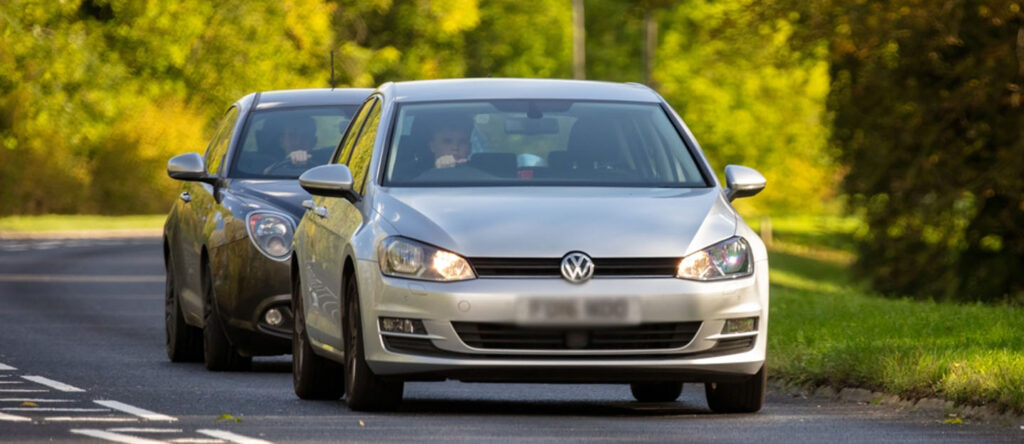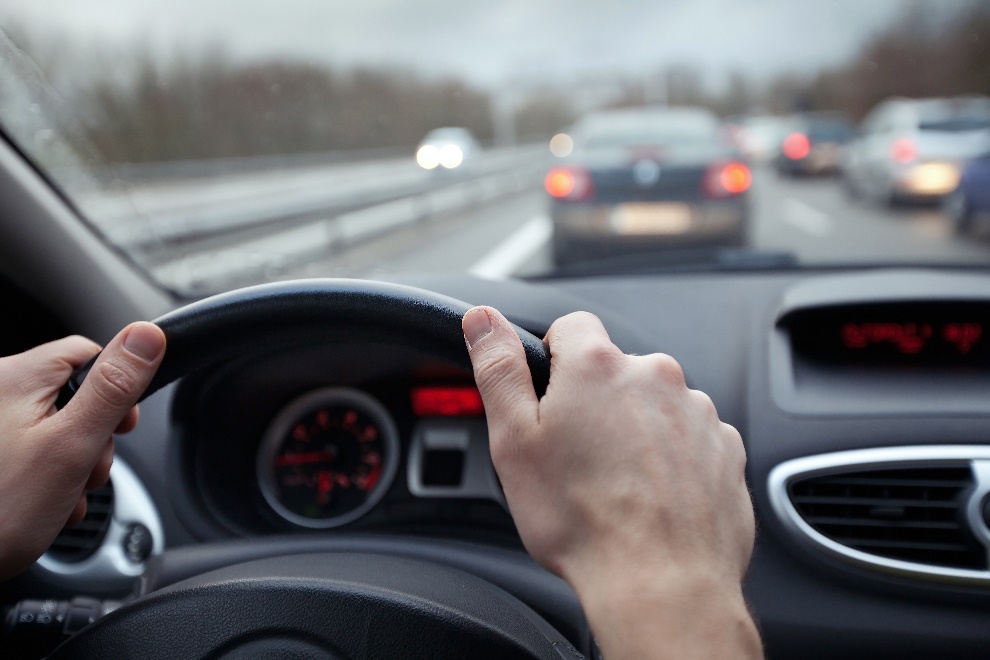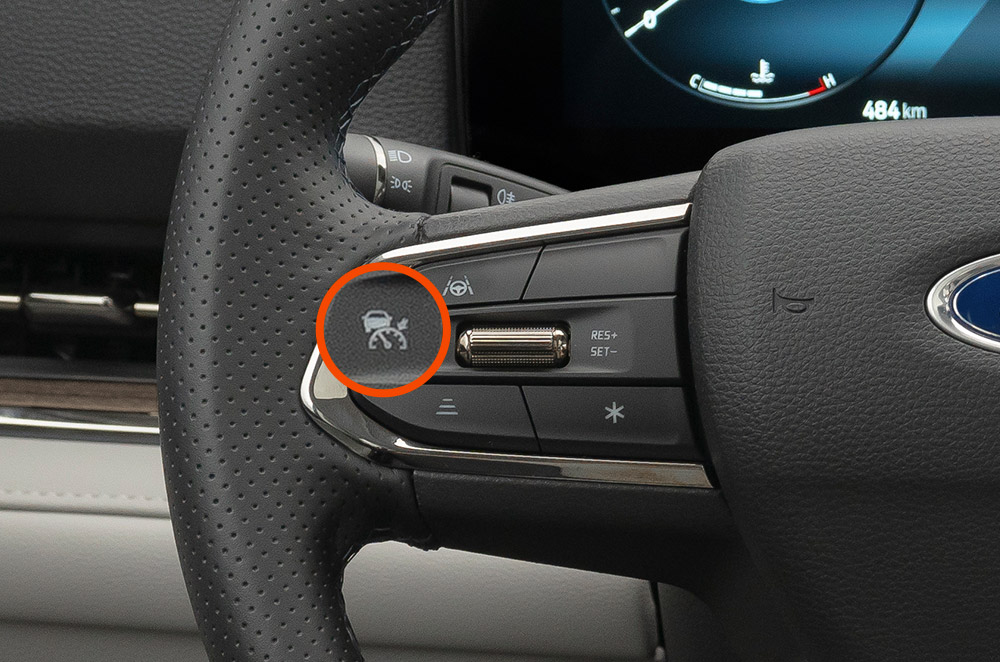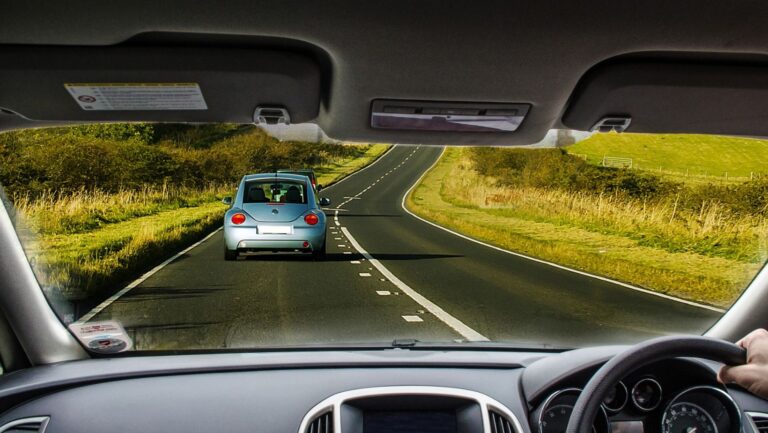Many people commute on the open road daily, but the small yet critical details cause tragic accidents. The distance we keep between two vehicles is one of the most important details often overlooked, but an integral part of road safety. Read this blog to learn more about vehicle spacing dynamics to create a safe highway environment for all drivers.
What is The Two-Second Rule?

The Two-Second rule is one of the fundamental rules of safe driving and serves as a rule of thumb for maintaining an appropriate following distance between cars. It means that a driver should maintain a distance of at least two seconds from the vehicle ahead of them.
To figure this out, one can pick a reference point such as a sign or a road marker, and measure the seconds it takes for their vehicle to reach that point once the car in front reaches that point.
This method provides a buffer period that leads to appropriate response time during abrupt stops or unforeseen events. In addition, it is essential to understand the importance of modifying the two-second rule during poor weather conditions.
It causes road traction and poor visibility; thus, the distance must be increased to enable safe vehicle control under challenging circumstances such as rain, snow, and fog. Utilize the Two-Second Rule to reduce congestion in traffic and avoid potential accidents.
Factors Influencing Safe Following Distance

The conditions that influence safe driving distance are quite diverse and all of these factors should be considered when determining the appropriate distance. These factors include:
- Speed of the vehicles: A vehicle’s speed is a key element when determining a suitable following distance. More speed necessitates a larger space to ensure proper response time.
- Road conditions and terrain: A poor state of the road surface, for example, if the road is wet, icy, or uneven, directly affects the ability of a vehicle to stop quickly. Adjusting the following distance to account for all these differences is key to overall safety.
- Vehicle size and type: Vehicles have different braking capabilities and handling attributes. Heavier and longer vehicles may take longer distances to stop completely, thus increasing the required distance to follow another vehicle.
- Reaction time of the driver: It’s important to consider the amount of time it takes for a driver to recognize a change in the traffic environment and react to it. An adjustment of the following distance covers the variability in reaction time rates of each individual, thus contributing to safer driving all around.
What Are The Dangers of Tailgating?
Tailgating means driving a vehicle very close to the vehicle ahead, usually to nearly touch the vehicle in front. Such behavior creates serious road threats as the driver’s reaction time is highly reduced and the probability of collisions increases. Following too close may result in grave repercussions, such as collisions, damage to property, and personal injuries.
Limited space between cars decreases the chance of reaction to the car suddenly stopping or checking on the traffic. If you have been injured in a car accident, make sure to speak with a personal injury attorney in McAllen, Texas to help you get the compensation you deserve.
Tailgating-related accidents can vary from minor fender benders to serious crashes that can result in fatalities. In addition to the physical harm, tailgating can also cause road rage incidents and heightened tension among drivers, both of which are detrimental to road safety. Thus, ensuring a safe following distance is essential not only for preventing collisions and road accidents but also for overall road safety.
Tips for Maintaining a Safe Following Distance

Maintaining a safe following distance is paramount for road safety, and adhering to general guidelines can significantly reduce the risk of accidents. As a rule of thumb, drivers should stay at least three seconds behind the vehicle in front, adjusting for adverse weather conditions or poor road conditions.
Defensive driving techniques, such as anticipating potential hazards and maintaining a cushion of space around the vehicle, can further enhance safety.
Constant awareness and concentration are crucial elements in ensuring a safe following distance, as distractions can impede reaction times and increase the likelihood of tailgating. Drivers should avoid activities like texting, adjusting the radio, or engaging in other distractions that divert attention from the road.
By consistently practicing these guidelines and adopting a defensive driving mindset, motorists contribute to a safer driving environment for themselves and others on the road.
The Technological Innovations Enhancing Safe Following Distances:

In recent years, technological advancements have played a significant role in reshaping various aspects of our lives, and road safety is no exception. The integration of cutting-edge technologies into vehicles and transportation systems has introduced innovative solutions to enhance safe following distances and mitigate the risks associated with close-proximity driving.
- Adaptive Cruise Control (ACC): This system utilizes sensors and radar to monitor the speed and distance of the vehicle ahead. ACC automatically adjusts the speed of the vehicle to maintain a safe following distance, reducing the reliance on the driver to constantly modulate speed. This technology proves particularly beneficial in highway driving conditions, where maintaining a steady pace and appropriate distance is crucial.
- Collision Avoidance Systems: These systems use sensors to detect potential collisions and provide warnings or intervene by applying brakes if necessary. By enhancing a driver’s ability to react promptly to potential hazards, collision avoidance systems contribute to maintaining safe following distances, especially in situations where sudden stops are required.
- Vehicle-to-Vehicle (V2V) Communication: V2V technology allows vehicles to communicate with each other, sharing information about their speed, position, and movements. This real-time exchange of data enables vehicles to anticipate and respond to each other’s actions, fostering a cooperative environment that enhances safe following distances and reduces the risk of collisions.
- Advanced Driver Assistance Systems (ADAS): Lane-keeping assist, automatic lane departure warnings, and blind-spot monitoring are examples of ADAS features that indirectly contribute to maintaining safe following distances. By providing drivers with additional information and assistance, these systems enhance overall awareness and help prevent situations where tailgating might occur.
The integration of these technological innovations into modern vehicles represents a positive step towards achieving safer roads. While these technologies do not replace the need for responsible driving behavior, they act as supplementary tools to support drivers in adhering to safe following distance guidelines.

